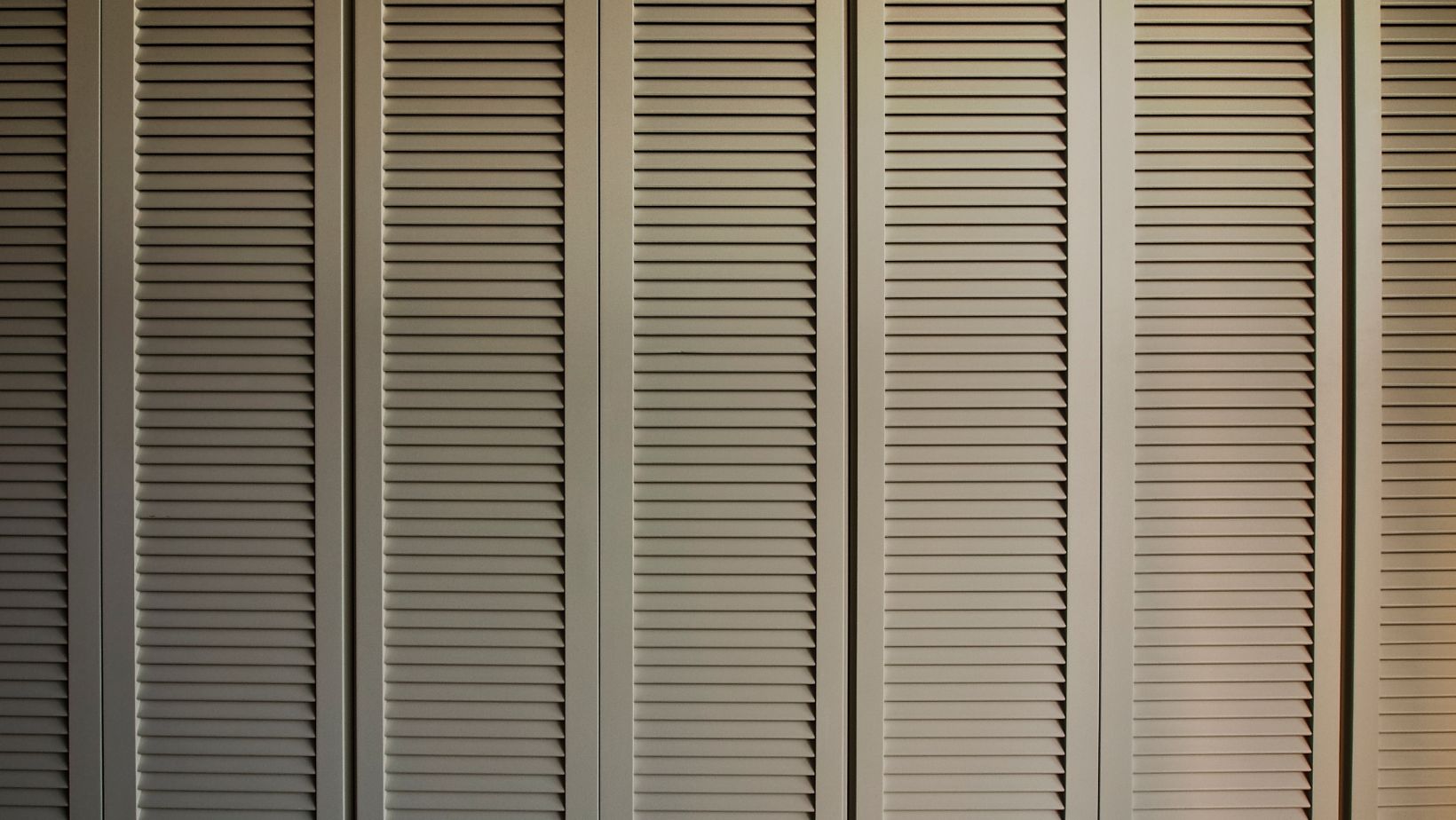
When it comes to closet doors, there are many options to choose from. One popular choice is hollow closet doors. These doors have a unique construction that sets them apart from other types of doors.
Hollow closet doors are made with an interior core that is hollow, hence the name. This design not only makes them lighter and easier to handle, but also more affordable compared to solid wood or solid core doors. The hollow core helps reduce the weight of the door without sacrificing durability.
Hollow Closet Doors
Choosing the Right Material for Hollow Closet Doors
When it comes to selecting hollow closet doors, one crucial consideration is the material used. The choice of material can impact the overall durability, aesthetics, and functionality of the doors. Here are a few common materials used for hollow closet doors:
- Wood: Wood remains a popular choice for its timeless appeal and natural warmth. It offers various options such as oak, pine, or mahogany, each with its unique grain patterns and finishes. However, solid wood doors tend to be heavier and more expensive than their engineered counterparts.
- Medium Density Fiberboard (MDF): MDF is an engineered wood product made from compressed wood fibers mixed with resin or glue. It is known for its smooth surface and versatility in terms of design options. MDF hollow closet doors are often more affordable than solid wood doors and can be painted or laminated to achieve different looks.
- Hollow-Core: As the name suggests, these types of hollow closet doors have empty space between two thin panels, making them lightweight yet sturdy enough for regular use. They are typically constructed with a framework that provides stability while reducing weight.
Understanding the Benefits of Hollow Closet Doors
Hollow closet doors offer several advantages that make them an attractive option for many homeowners:
- Affordability: Compared to solid wood or solid-core alternatives, hollow closet doors are generally more budget-friendly without compromising on quality or style.
- Lightweight Design: The hollow construction makes these doors lighter and easier to handle during installation compared to heavier door options.
- Noise Reduction: Despite being lightweight, hollow-core doors can effectively reduce noise transmission between rooms when closed properly.
- Thermal Insulation: Hollow closet doors also provide some level of insulation by acting as a barrier against temperature fluctuations in adjacent spaces.

Installation Steps For Hollow Closet Doors
When it comes to installing hollow closet doors, there are a few key steps to follow. Whether you’re a seasoned DIY enthusiast or tackling this project for the first time, these installation steps will help you achieve a professional-looking result.
- Measure and Prepare: Start by measuring the opening where the hollow closet door will be installed. Make sure to measure both the height and width accurately. Once you have your measurements, purchase a hollow door that matches the size of the opening.
- Gather Tools and Materials: Before you begin, gather all the necessary tools and materials for the installation process. This may include a tape measure, screwdriver, drill with appropriate bits, screws or nails, level, shims (if needed), and paint or stain for finishing touches.
- Remove Existing Door (if applicable): If you’re replacing an existing door, remove it carefully by unscrewing hinges or lifting it off its track. Take note of any hardware that needs to be salvaged or replaced.
- Pre-Drill Holes: To prevent splitting or cracking of the hollow door during installation, pre-drill holes for screws or nails at appropriate locations along the edges of the door.
- Align and Install Door: Position the hollow door in place ensuring it is aligned properly within the frame using shims if necessary to ensure an even fit on all sides. Securely attach hinges using screws or install sliding tracks according to manufacturer instructions.
- Check for Levelness: Use a level tool to check if your newly installed hollow closet door is perfectly level both vertically and horizontally before finalizing its placement.
- Finishing Touches: Once your hollow closet door is securely installed and leveled, add any desired finishing touches such as painting or staining to match your interior decor.
Remember that each installation may vary depending on specific circumstances such as type of hinge mechanism or sliding track used, so always refer to the manufacturer’s instructions for precise guidance.
With these installation steps, you’ll be well on your way to enjoying functional and aesthetically pleasing hollow closet doors in your home. Happy installing!





